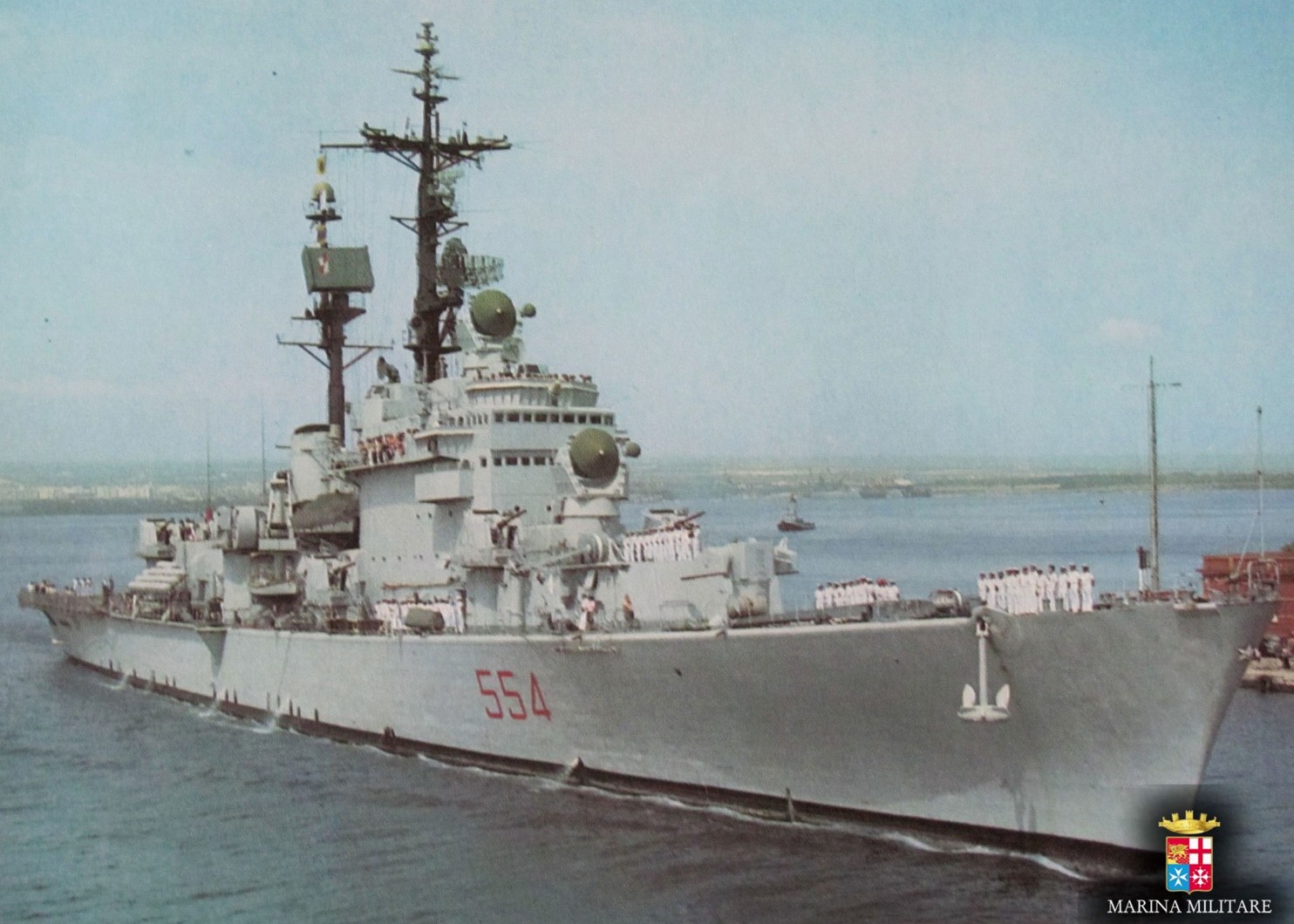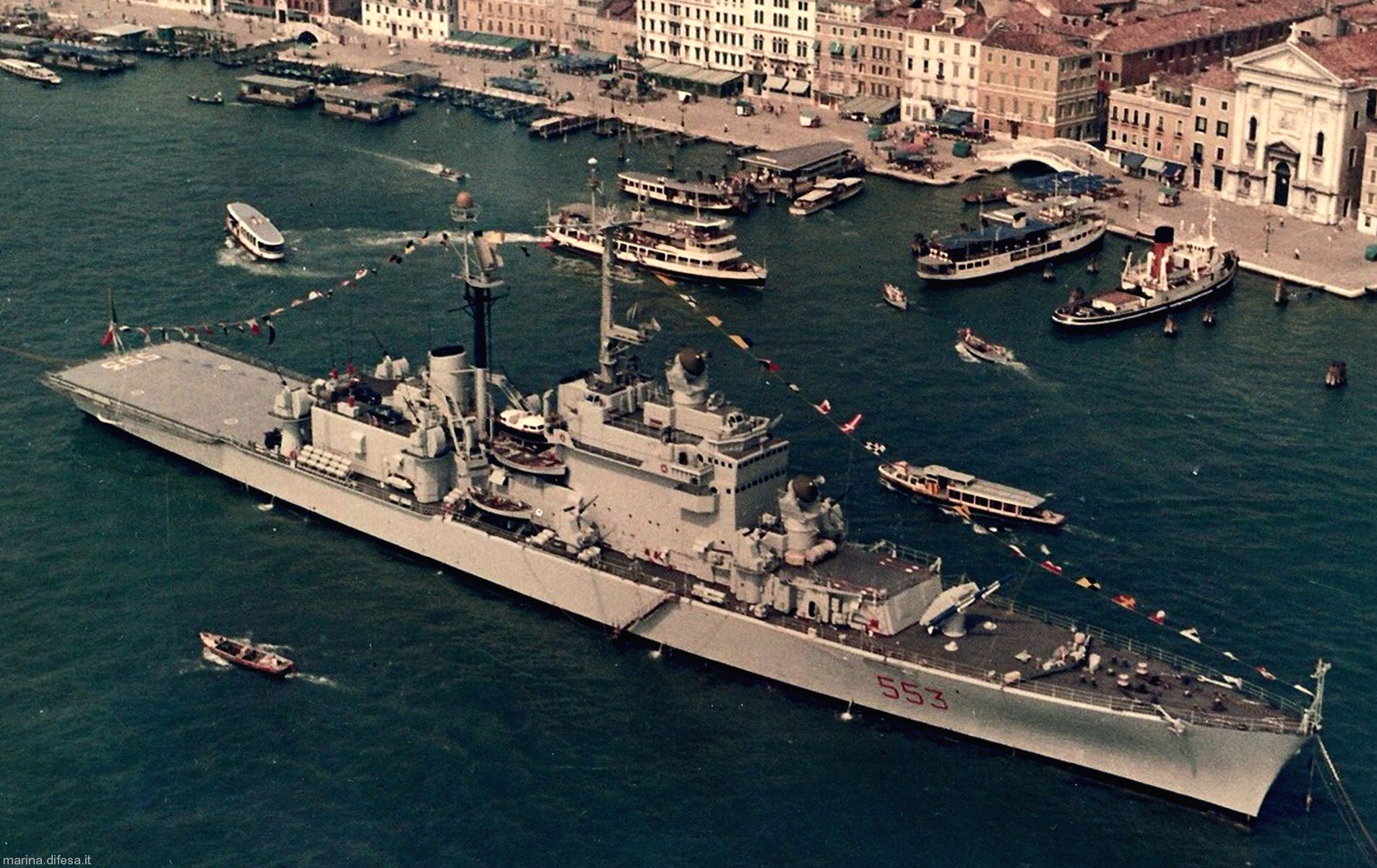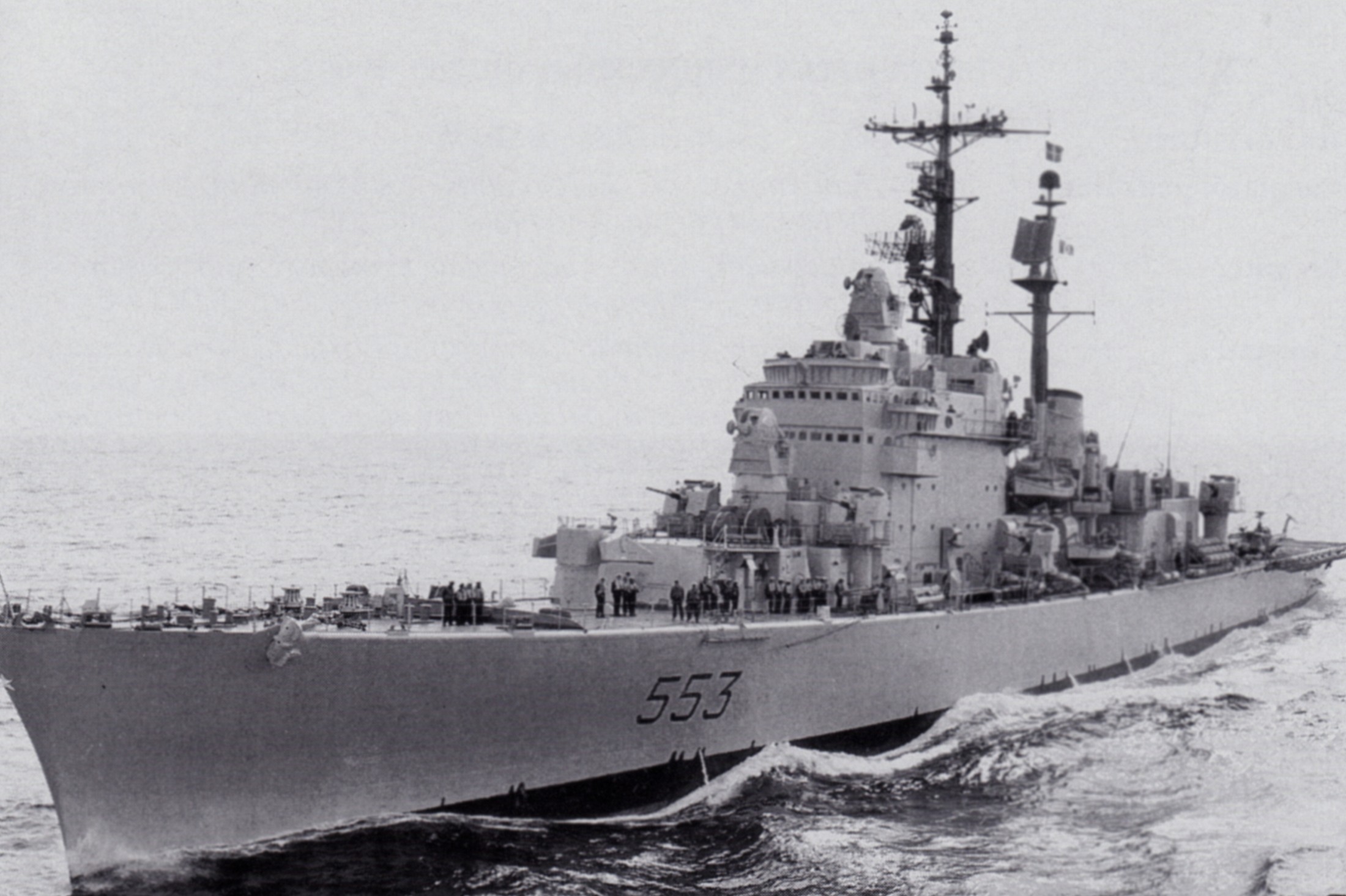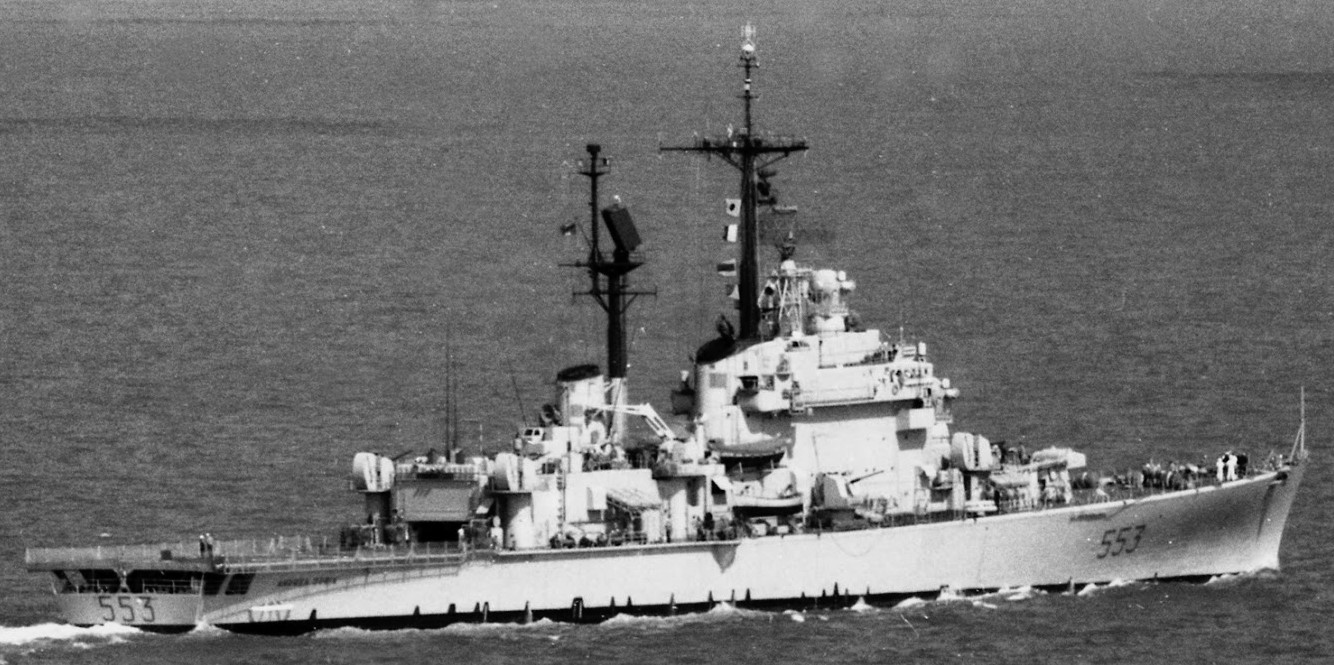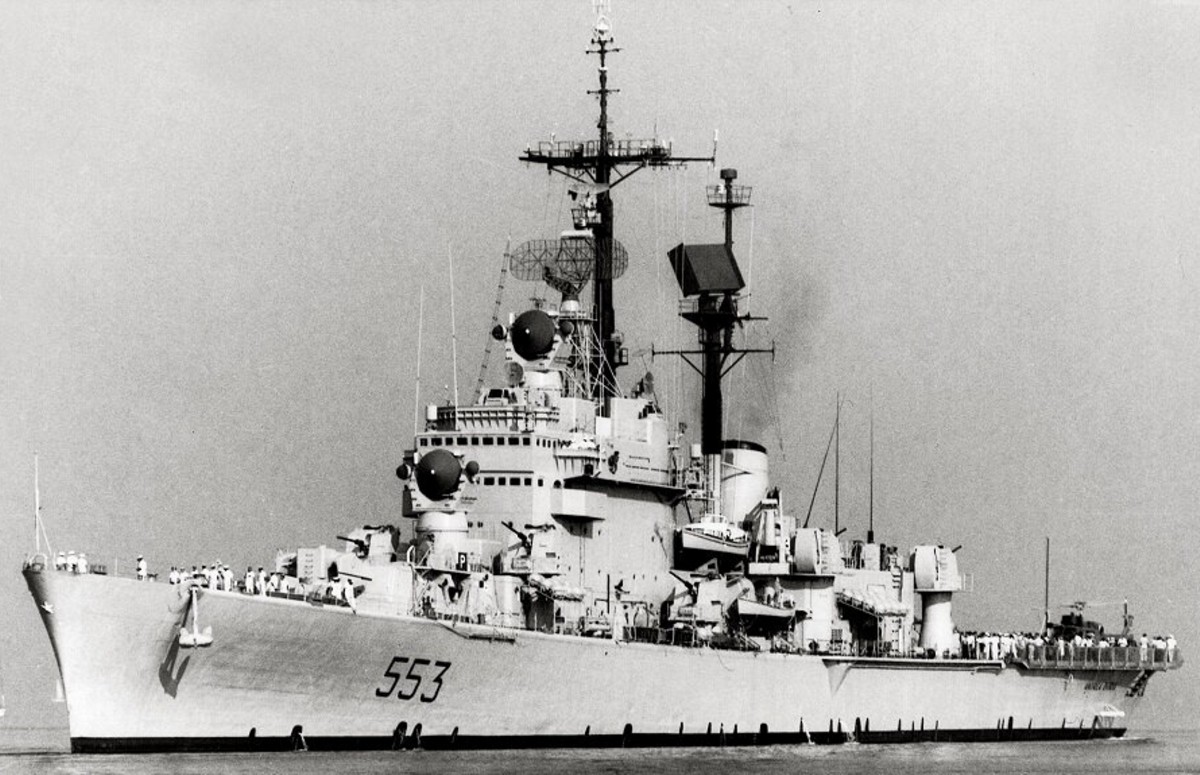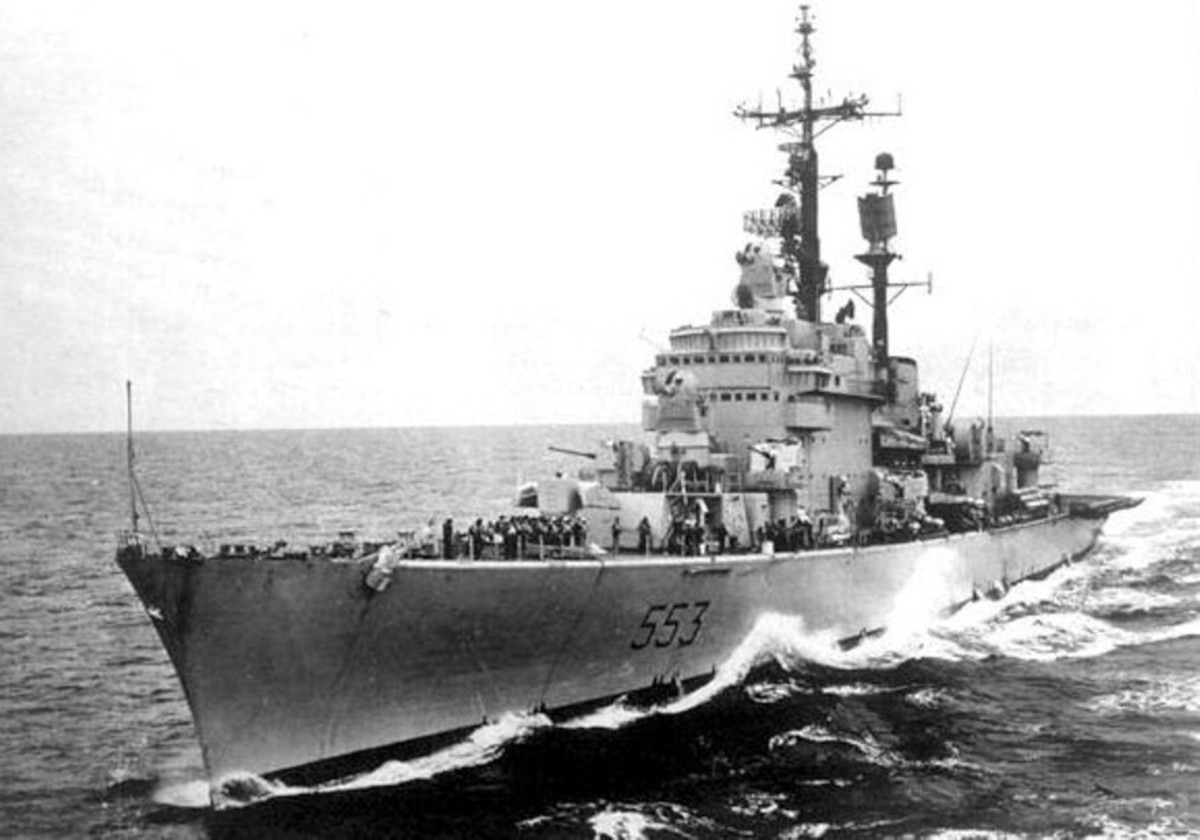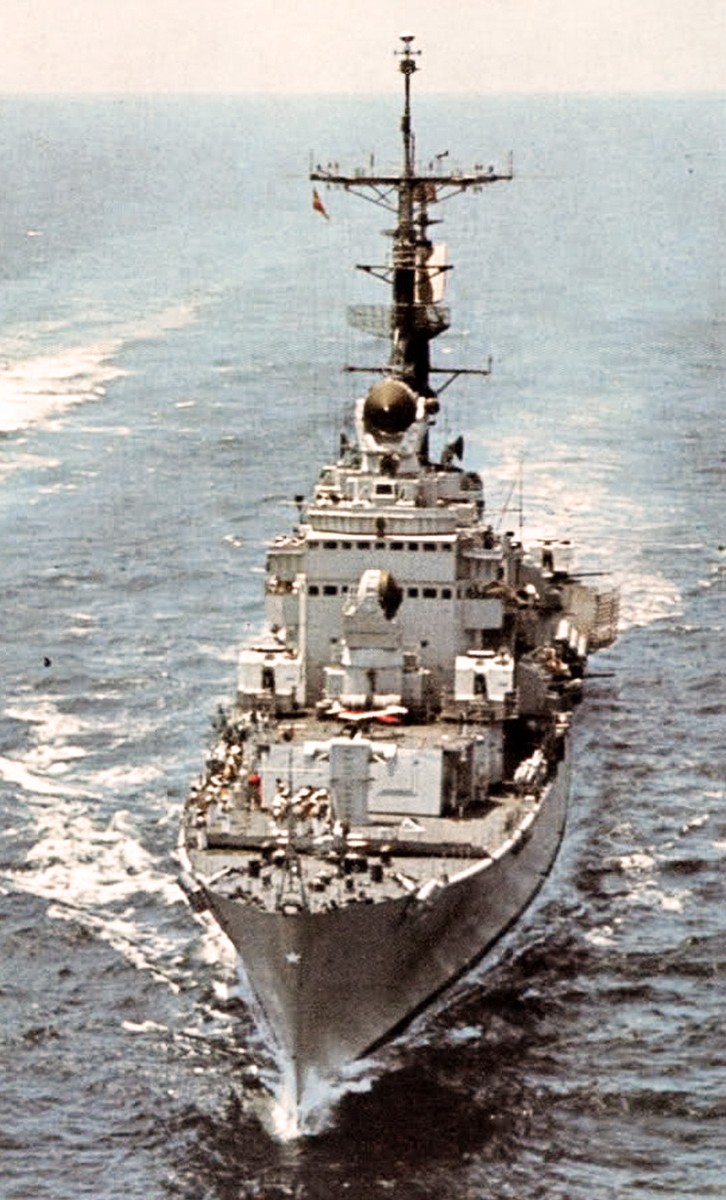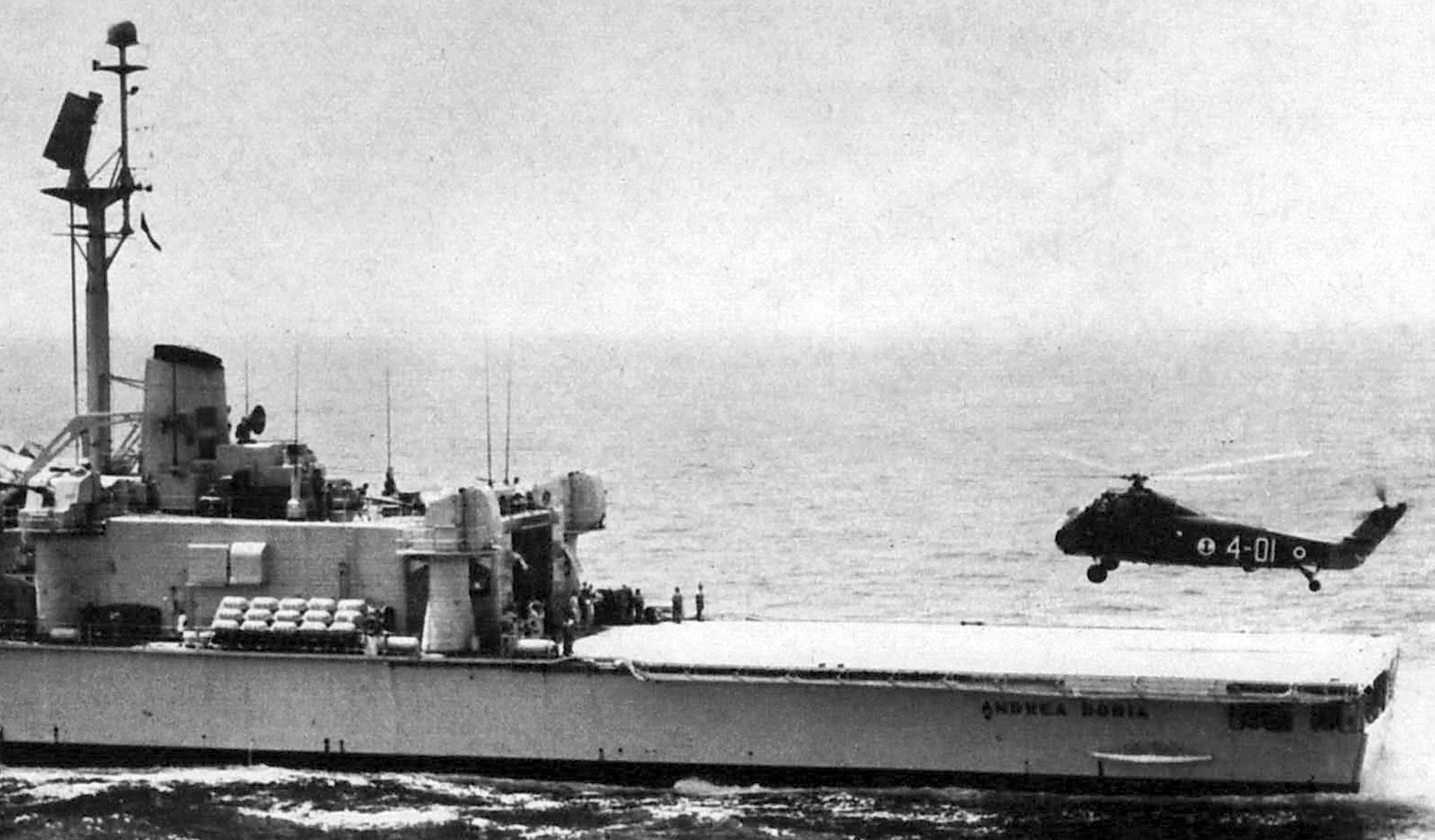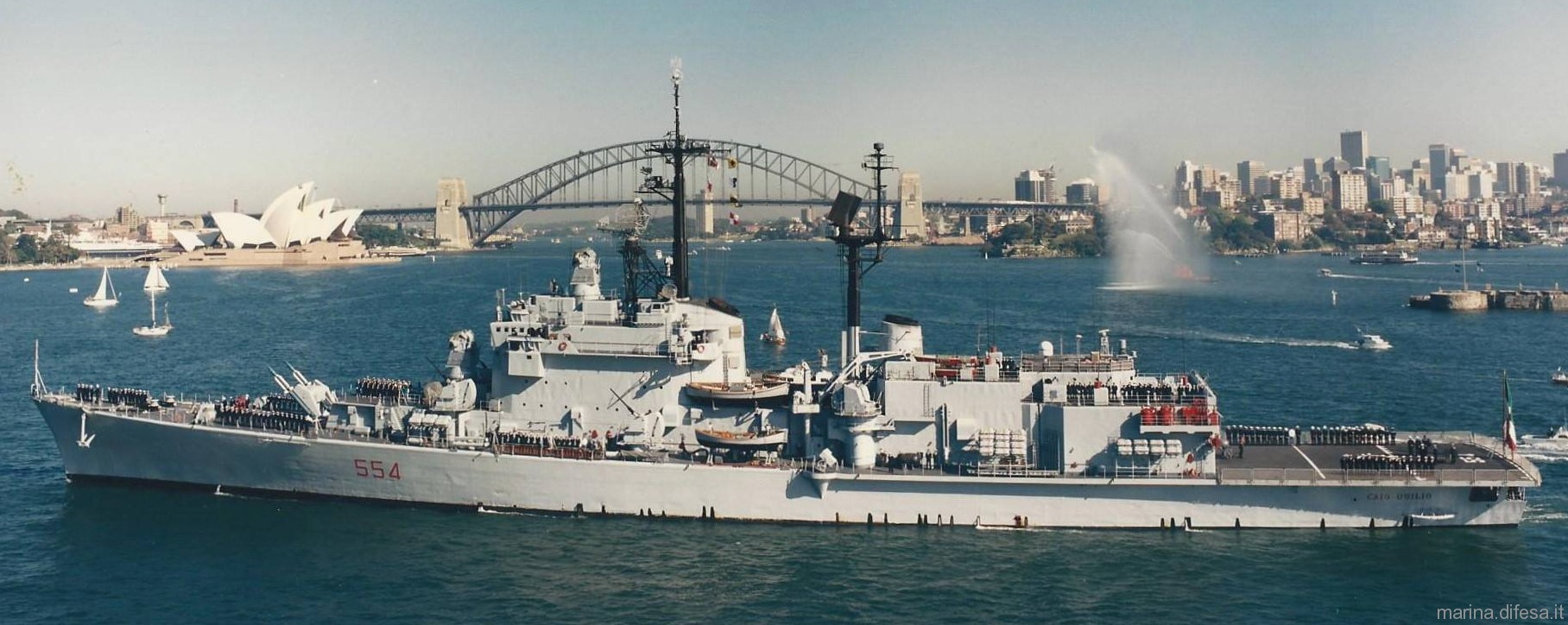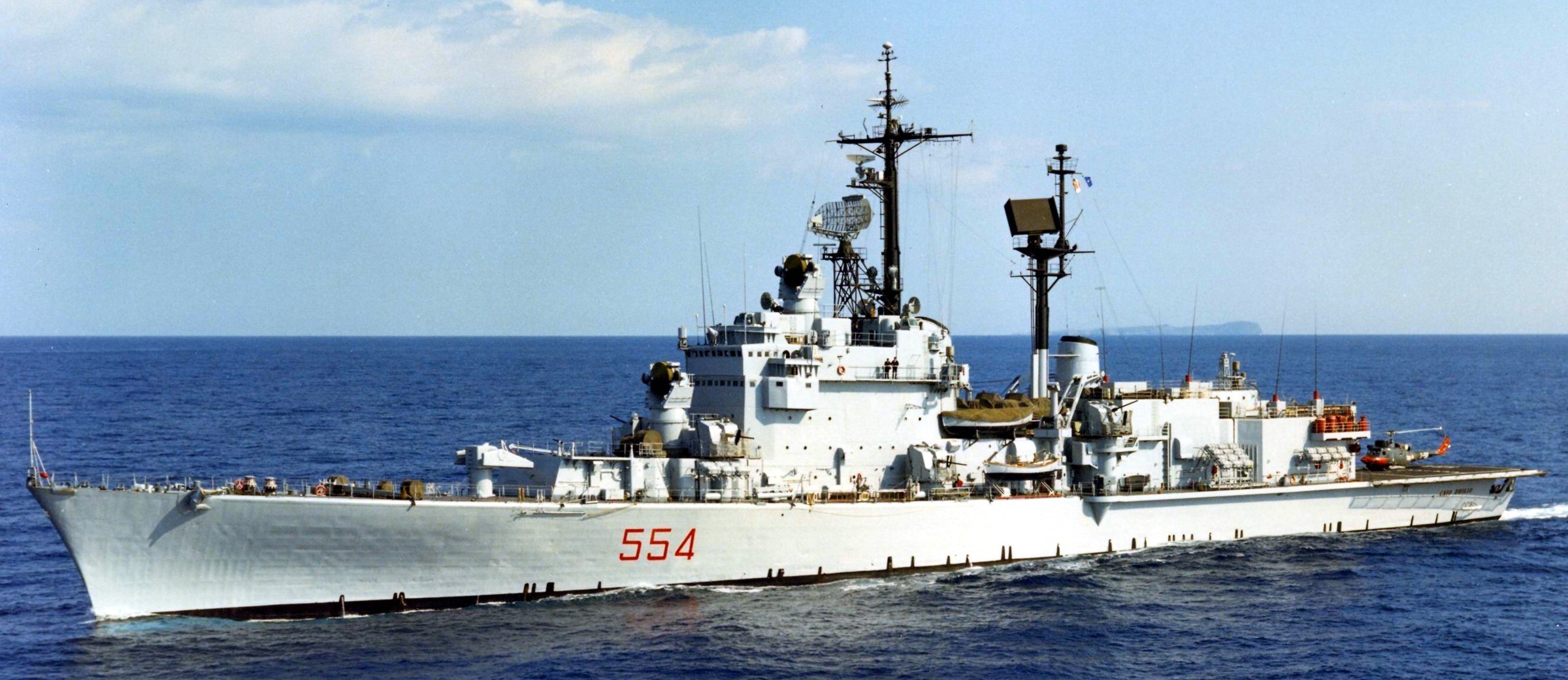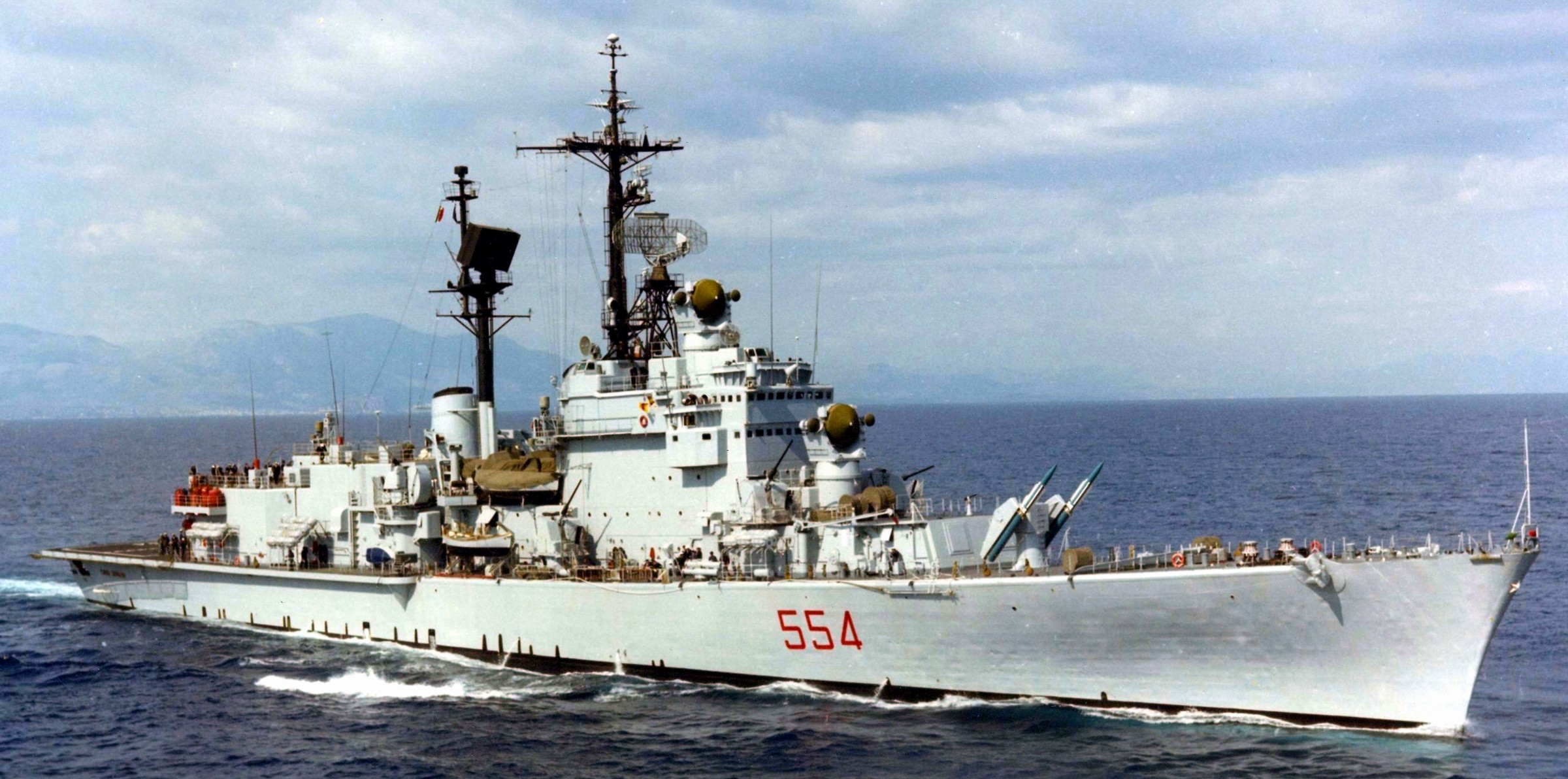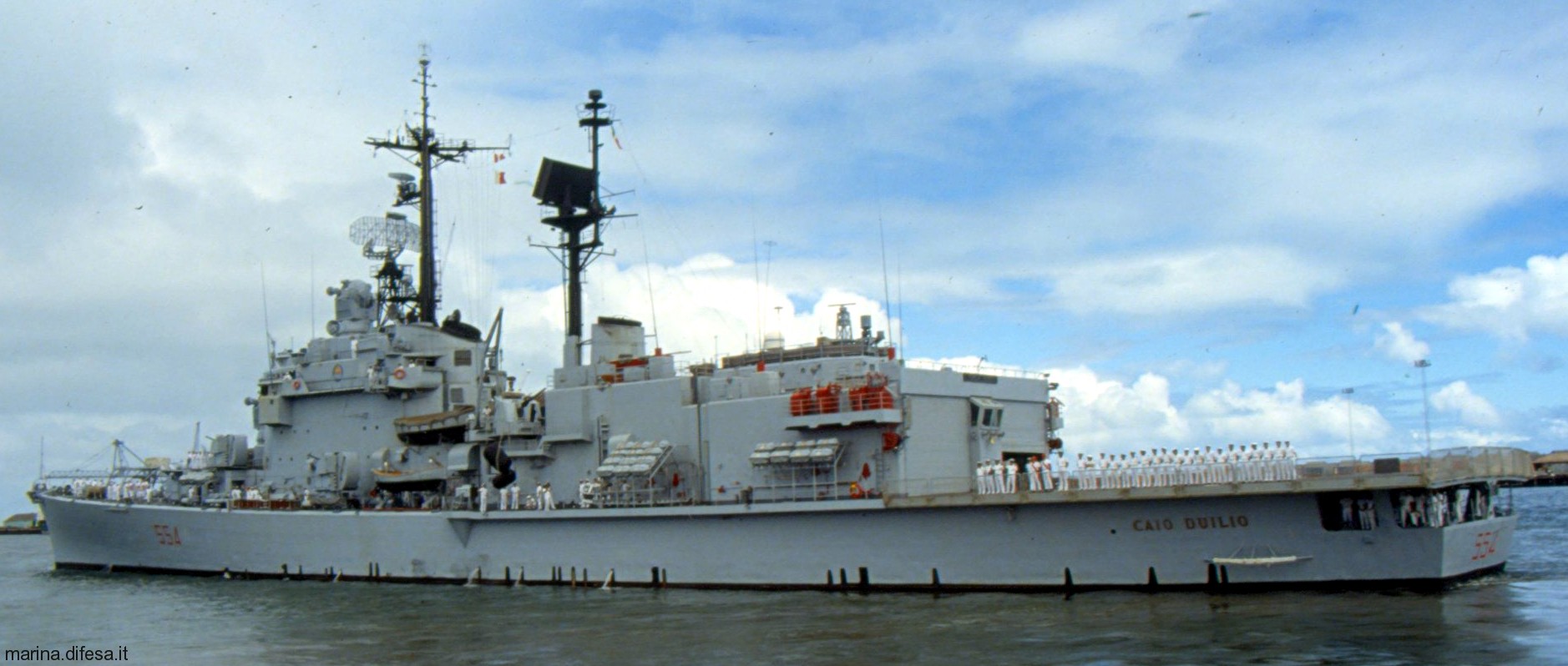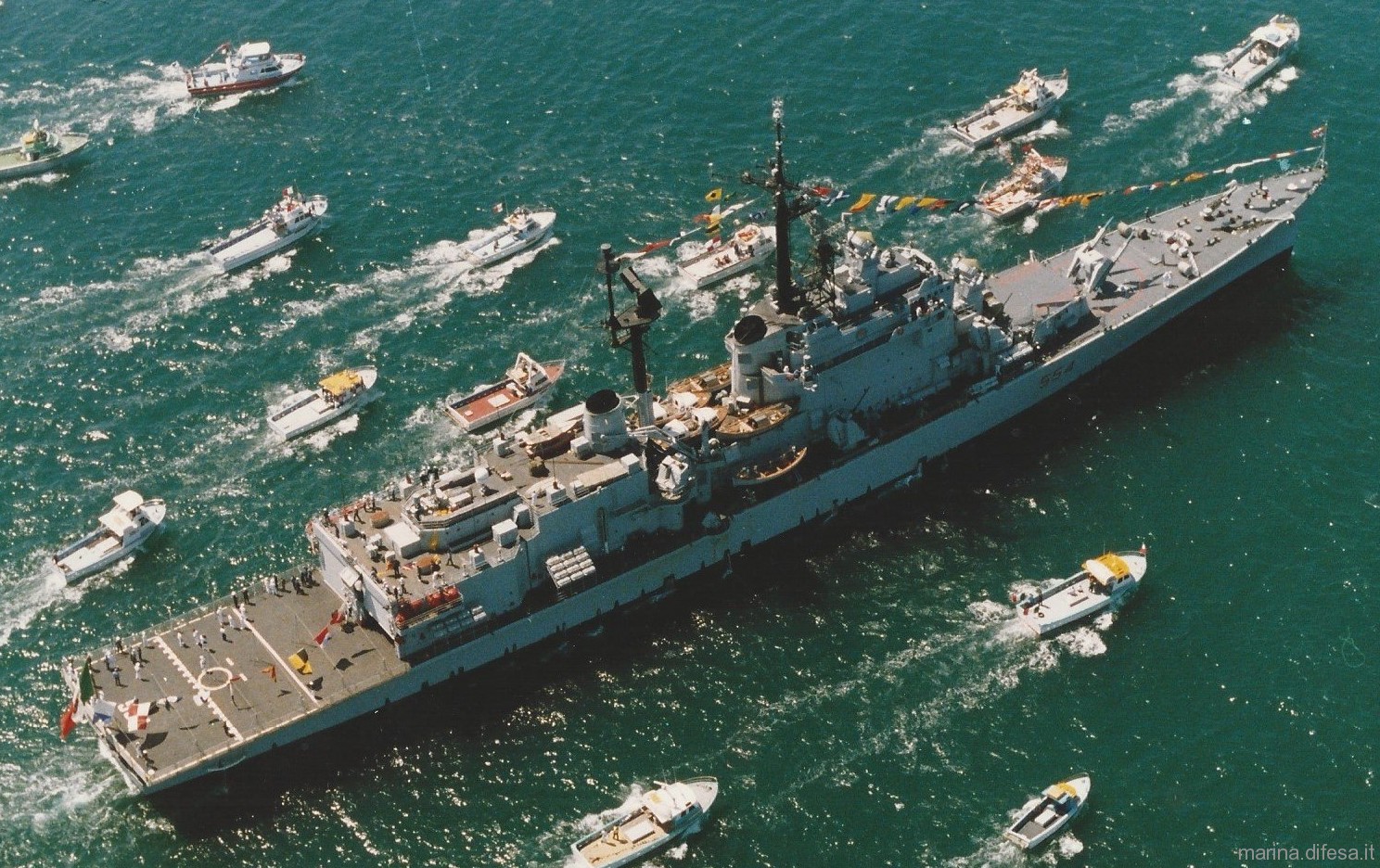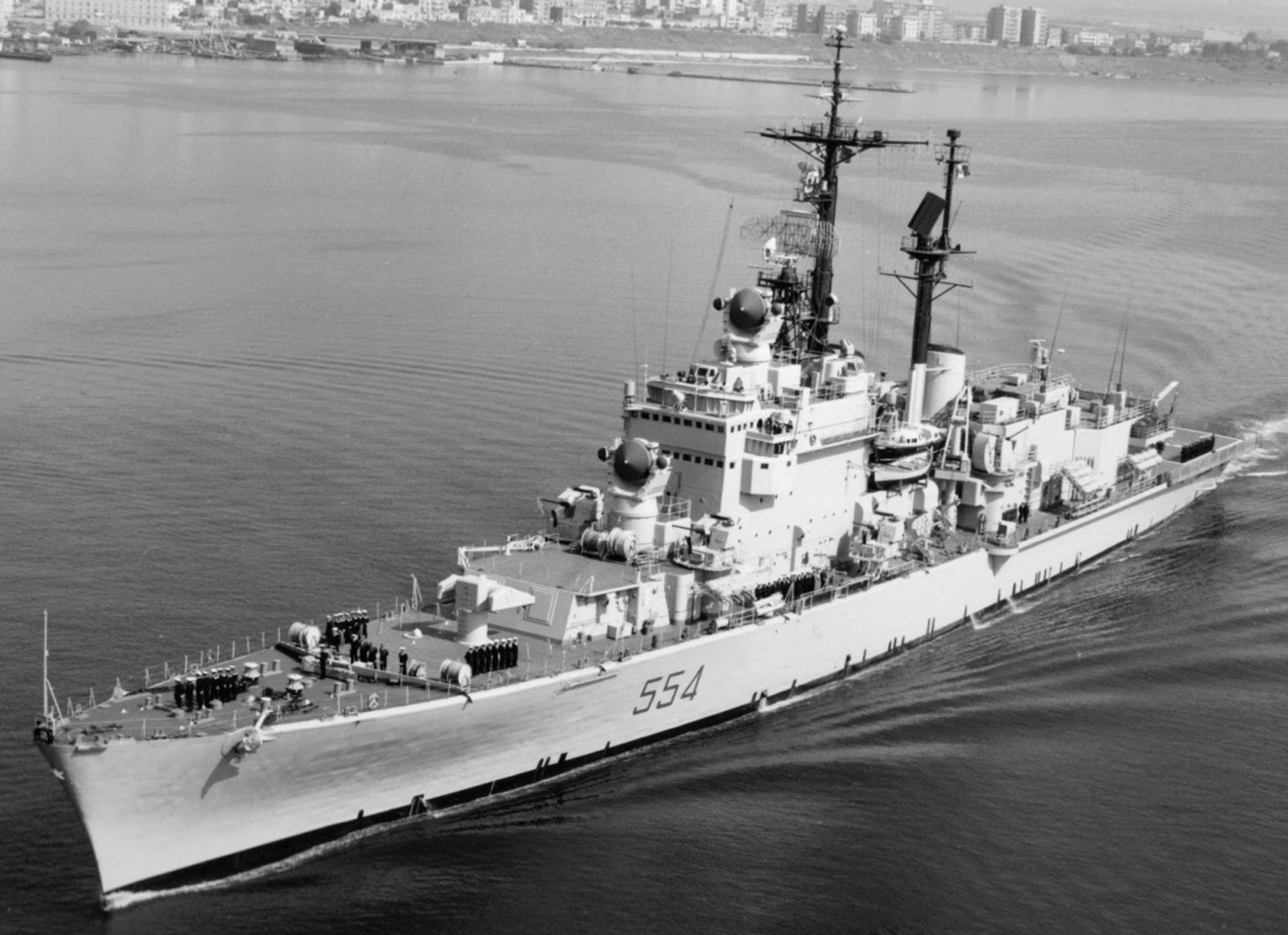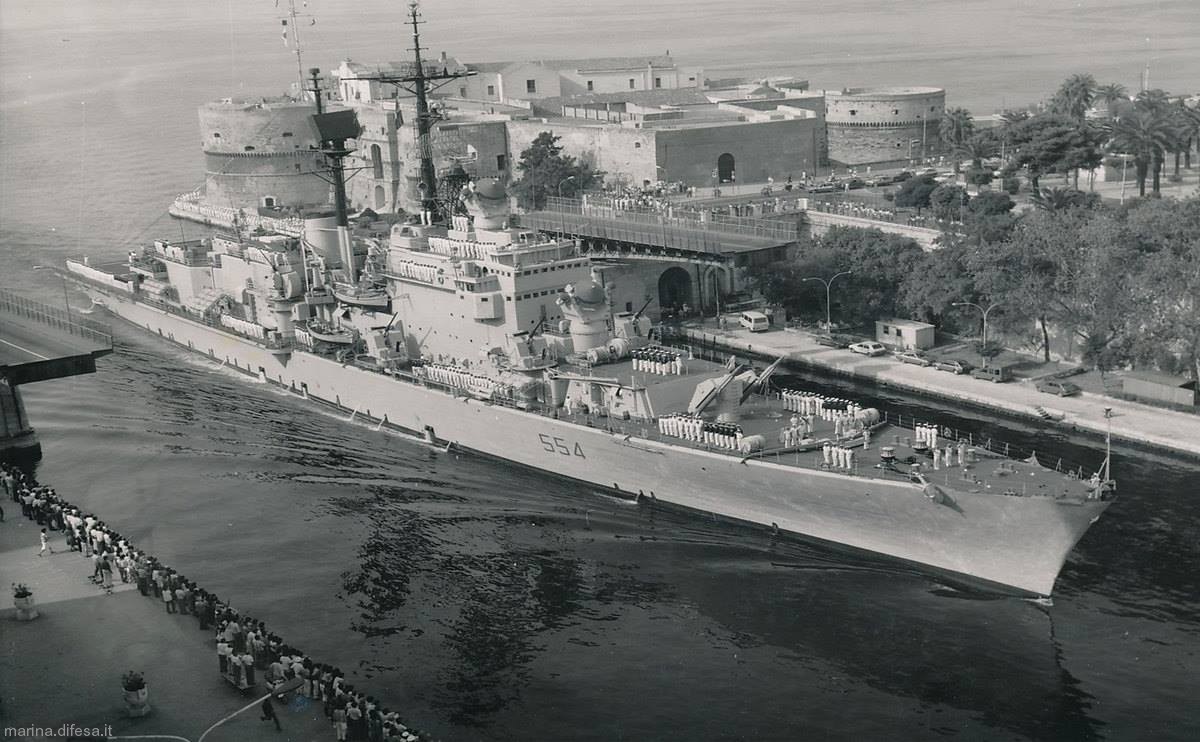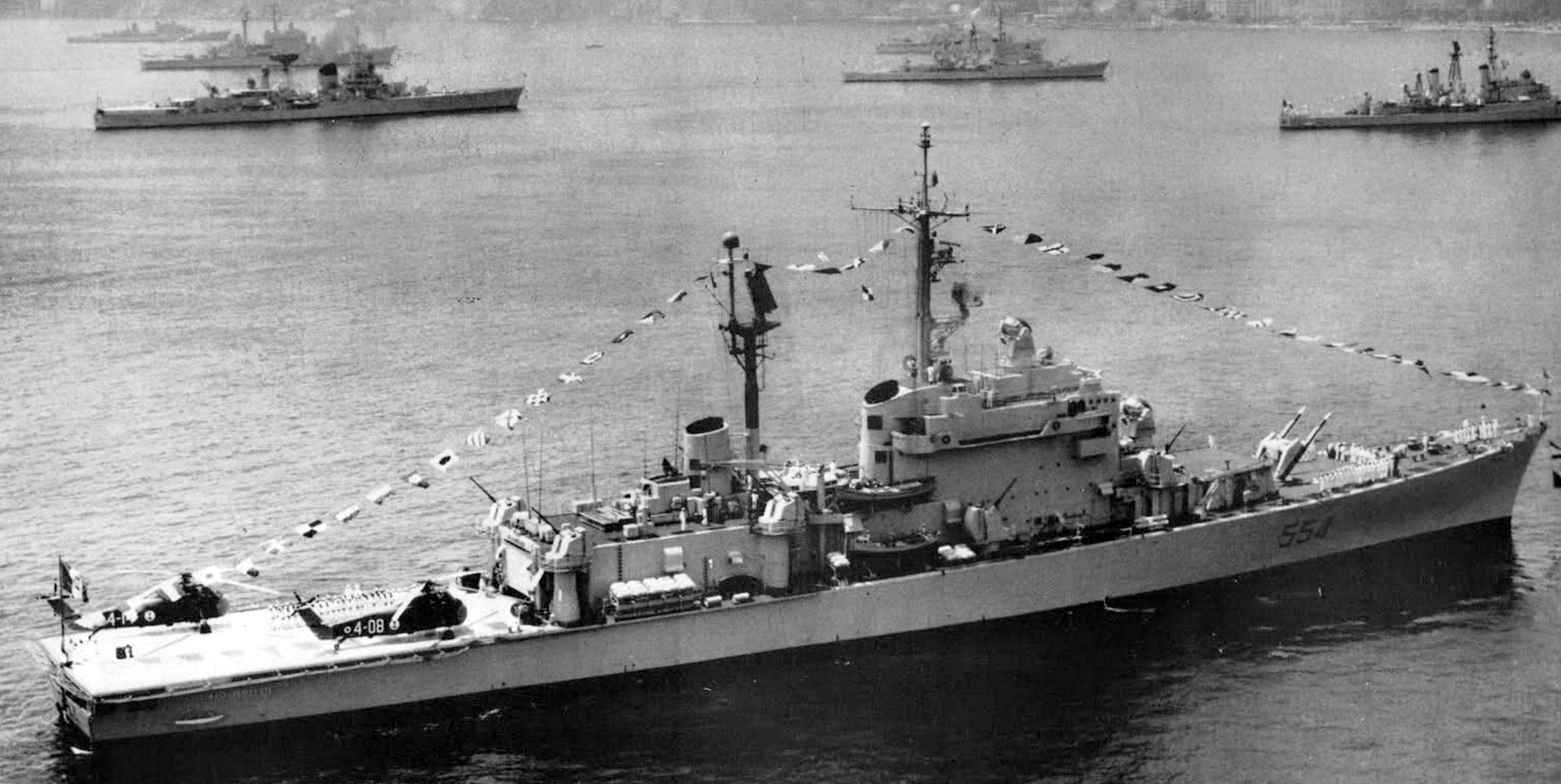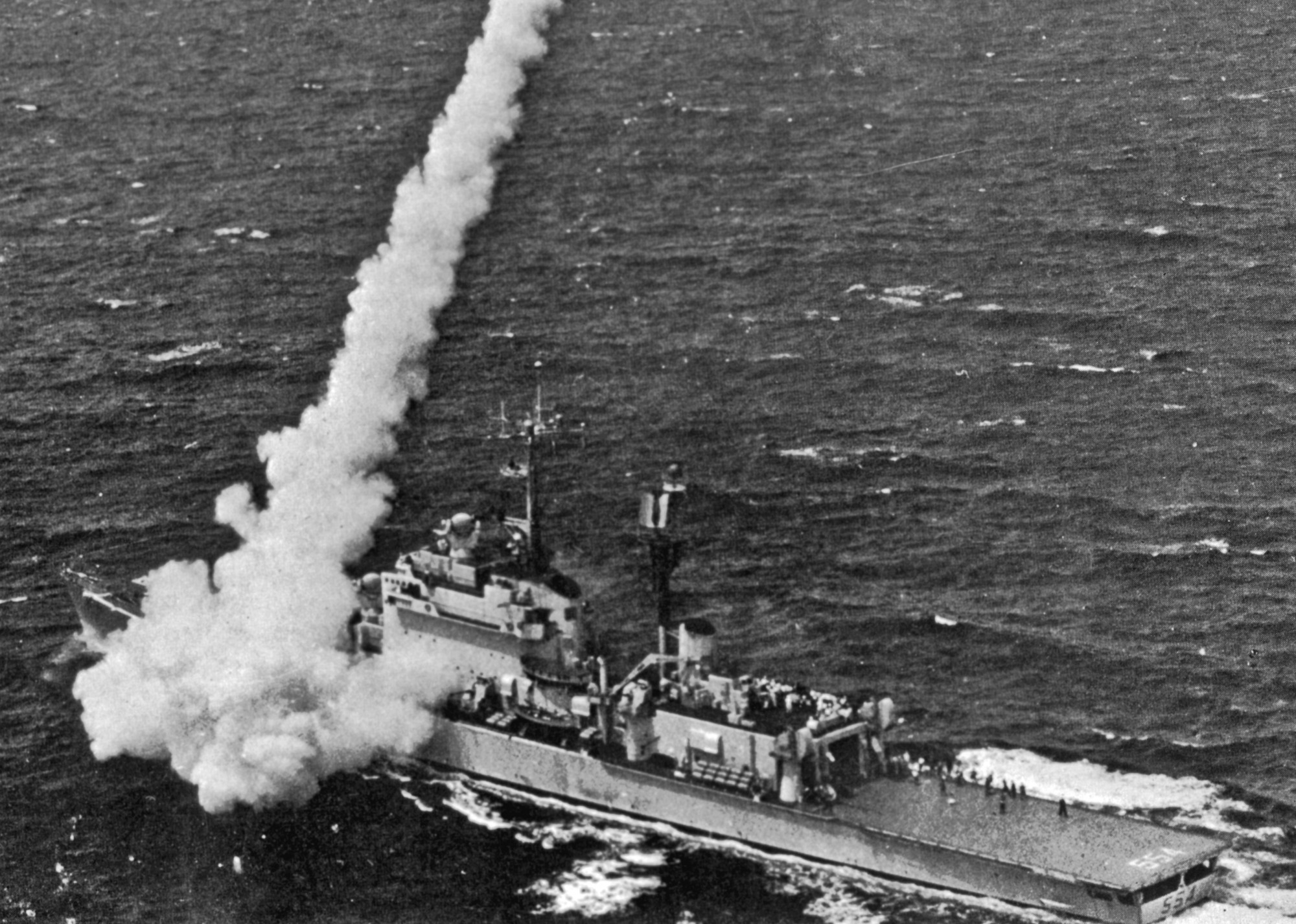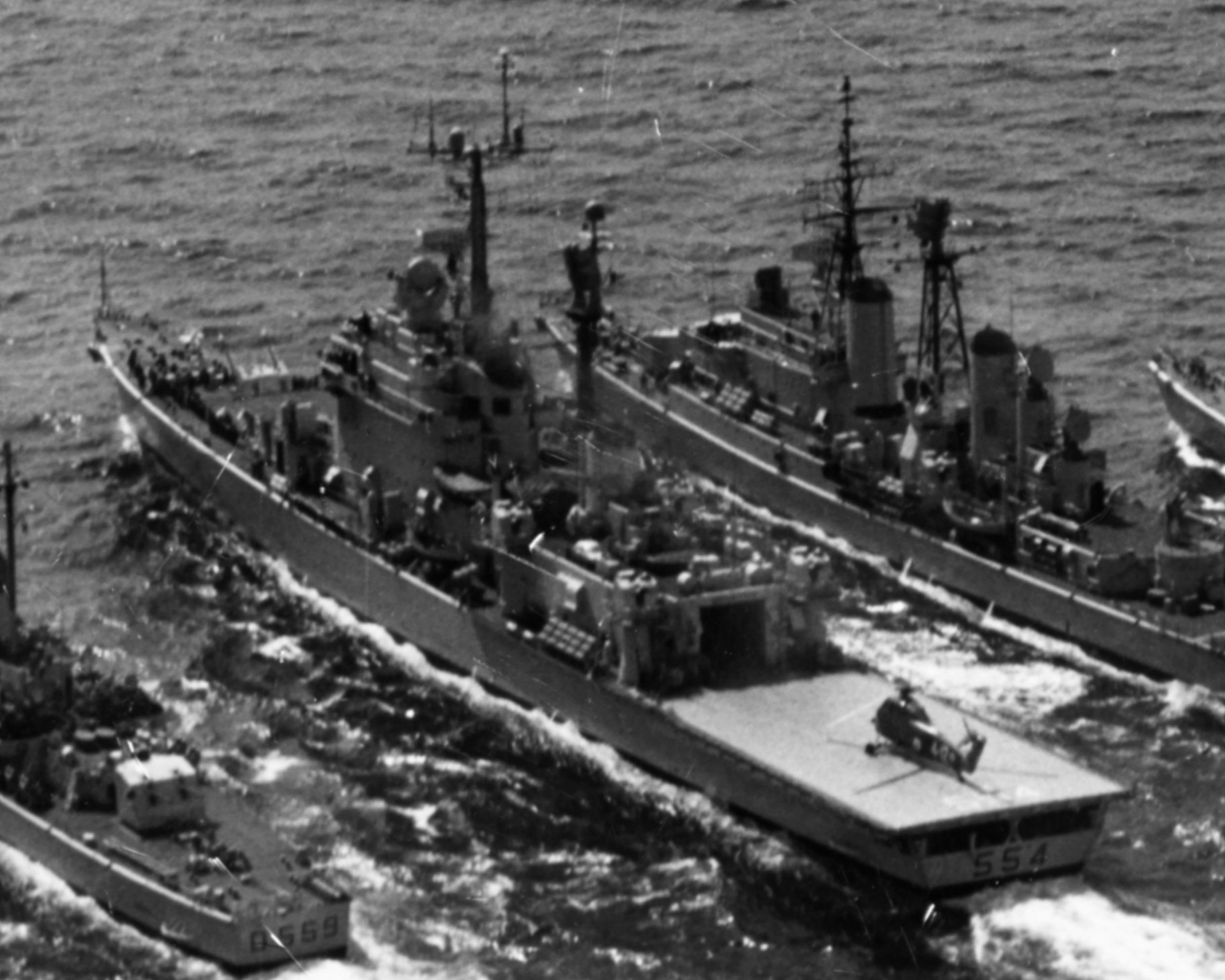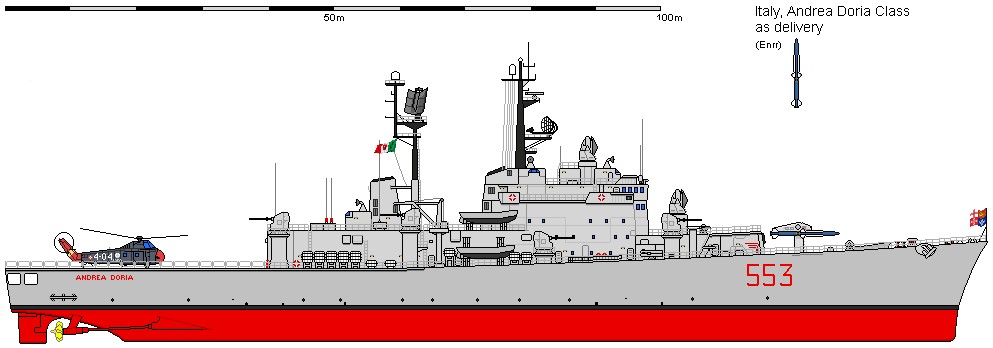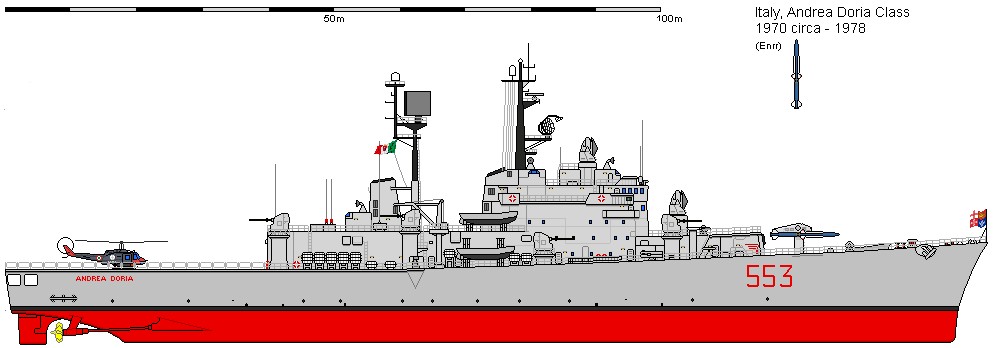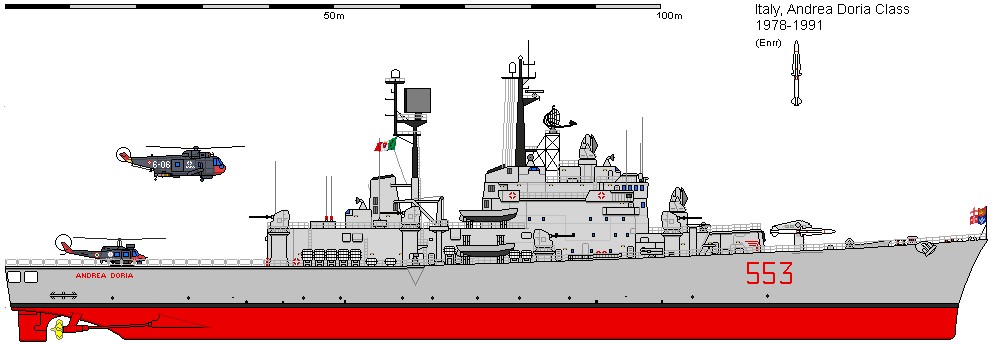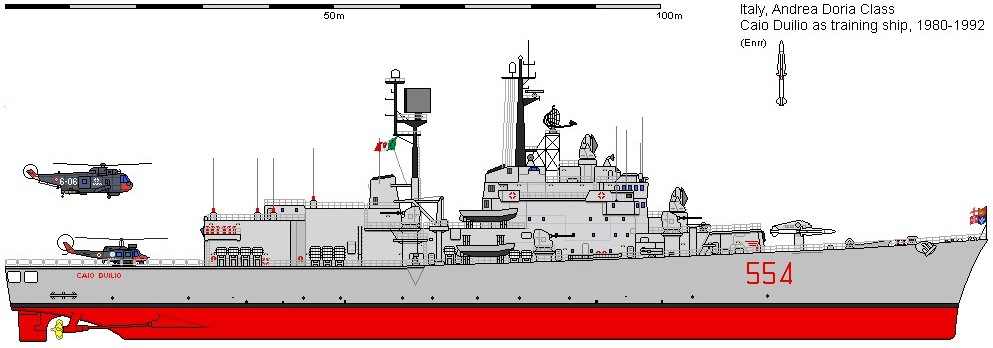Andrea Doria (or D'Oria)
(30 November 1466 - 25 November 1560)
... was an Italian condottiere
and admiral from Genoa.
Early life
Doria was born at Oneglia from the ancient Genoese family,
the Doria di Oneglia branch of the old Doria, de Oria or de
Auria family. His parents were related: Ceva Doria, co-lord
of Oneglia, and Caracosa Doria, of the Doria di Dolceacqua
branch. Orphaned at an early age, he became a soldier of
fortune, serving first in the papal guard and then under
various Italian princes.
In 1503 he was fighting in Corsica in the service of Genoa,
at that time under French vassalage, and he took part in the
rising of Genoa against the French, whom he compelled to
evacuate the city. From that time onwards, he became famous
as a naval commander. For several years he scoured the
Mediterranean in command of the Genoese fleet, waging war on
the Turks and the Barbary pirates.
Wars between France and the Holy Roman Empire
In the meanwhile Genoa had been recaptured by the French,
and in 1522 by the armies of the Holy Roman Emperor.
But Doria joined the French or popular faction and entered
the service of King Francis I of France, who made him
captain-general; in 1524 he relieved Marseille, which was
besieged by the Imperialists, and later helped to place his
native city once more under French domination.
Dissatisfied with his treatment at the hands of Francis, who
was mean about payment, he resented the king's behavior in
connection with Savona, which he delayed handing back to the
Genoese as he had promised.
Consequently, on the expiration of Doria's contract he
entered the service of Emperor Charles V (1528).
Re-establishment of the Genoese Republic
Doria ordered his nephew Filippino, who was then blockading
Naples in alliance with a French army, to withdraw; Doria
then sailed for Genoa where, with the help of some leading
citizens, he expelled the French and re-established the
republic under imperial protection.
He reformed the constitution in an aristocratic sense, most
of the nobility being Imperialists, and put an end to the
factions which divided the city, by creating 28 Alberghi or
"clans". The 28 Alberghi that formed this new ruling class
included the Cybo, Doria, Fieschi, Giustiniani, Grimaldi,
Imperiale, Pallavicino, and Spinola families.
He refused offers to take the lordship of Genoa and even the
dogeship, but accepted the position of "perpetual censor",
and exercised predominant influence in the councils of the
republic until his death. The title "censor" in this context
was modeled on its meaning in the Roman Republic (i.e. a
highly respected senior public official - see Roman censor),
rather than its modern meaning having to do with censorship.
He was given two palaces, many privileges, and the title of
Liberator et Pater Patriae (Liberator and Father of his
Country).
Doria as imperial admiral
As imperial admiral he commanded several expeditions against
the Ottoman Empire, capturing Koroni and Patras, and
co-operating with the emperor himself in the capture of
Tunis (1535). Charles found him an invaluable ally in the
wars with Francis I, and through him extended his domination
over the whole of Italy.
In February 1538, Pope Paul III succeeded in assembling a
Holy League (comprising the Papacy, Spain, the Holy Roman
Empire, the Republic of Venice and the Maltese Knights)
against the Ottomans, but Hayreddin Barbarossa defeated its
combined fleet, commanded by Andrea Doria, at the Battle of
Preveza in September 1538. This victory secured Turkish
dominance over the Mediterranean for the next 33 years,
until the Battle of Lepanto in 1571.
He accompanied Charles V on the ill-fated Algiers expedition
of 1541, of which he disapproved, and which ended in
disaster. For the next five years he continued to serve the
emperor in various wars, in which he was generally
successful and always active, although now over seventy
years old.
Later years
After the Peace of Crépy between Francis and Charles in
1544, Doria hoped to end his days in quiet. However, his
great wealth and power, as well as the arrogance of his
nephew and heir Giannettino Doria, had made him many
enemies, and in 1547 the Fieschi conspiracy to dislodge his
family from power took place. Giannettino was killed, but
the conspirators were defeated, and Doria showed great
vindictiveness in punishing them, seizing many of their
fiefs for himself. He was also implicated in the murder of
Pier Luigi Farnese, duke of Parma and Piacenza, who had
helped Fieschi.
Other conspiracies followed, of which the most important was
that of Giulio Cybo (1548), but all failed. Although Doria
was ambitious and harsh, he was a patriot and successfully
opposed Emperor Charles's repeated attempts to have a
citadel built in Genoa and garrisoned by Spaniards; neither
blandishments nor threats could win him over to the scheme.
Nor did age lessen his energy, for in 1550, aged 84, he
again put to sea to confront the Barbary pirates, but with
no great success. In 1552 the Ottoman fleet under the
command of Turgut Reis defeated the Spanish-Italian fleet of
Charles V under the command of Andrea Doria in the Battle of
Ponza (1552). War between France and the Empire having
broken out once more, the French seized Corsica in the
Invasion of Corsica (1553), then administered by the Genoese
Bank of St George. Doria was again summoned, and he spent
two years (1553-1555) on the island fighting the French with
varying fortune.
He returned to Genoa for good in 1555, and being very old
and infirm, he gave over the command of the galleys to his
great-nephew Giovanni Andrea Doria, the son of Giannettino
Doria, who conducted an expedition against Tripoli, but
proved even more unsuccessful than his great-uncle had been
at Algiers, barely escaping with his life after losing the
Battle of Djerba against the Turkish fleet of Piyale Pasha
and Turgut Reis. Andrea Doria left his estates to Giovanni
Andrea. The family of Doria-Pamphili-Landi is descended from
Giovanni Andrea Doria and bears his title of prince of
Melfi. Judged by the standards of his day, Doria was an
outstanding leader.
source: wikipedia
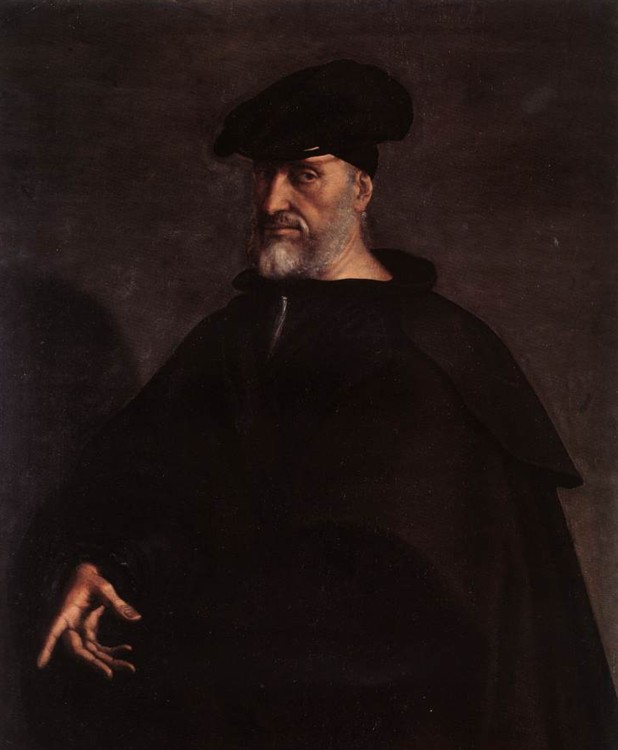
|
Caio Duilio or Gaius Duilius (lived 3rd century BC)
... was a Roman politician and admiral involved in the First
Punic War.
Not much is known about his family background or early
career, since he was a novus homo, meaning not belonging to
a traditional family of Roman aristocrats. He managed,
nevertheless, to be elected consul for the year of 260 BC,
at the outbreak of the first Punic war. As junior partner of
the patrician Gnaeus Cornelius Scipio Asina, Duilius was
given the command of the rear fleet, not expected to see
much action. However, the ingenuity of Scipio Asina got him
captured in the battle of the Lipari Islands, leaving
Duilius as senior commander. He encountered Hannibal Gisco
and the rest of the Punic fleet soon afterwards. The
following battle of Mylae was a stunning victory for Rome,
mainly due to the use of the corvus boarding device. Duilius
captured several enemy vessels, including Gisco's flagship
and was thus the first Roman successful in a naval
engagement. He was awarded with a triumphal parade featuring
the ramming "beaks" of captured Carthaginian warships that
later would adorn a column erected in Duilius' honor in the
Roman Forum.
He was censor in 258 BC with Lucius Cornelius Scipio. The
election of a novus homo to censorship was a very rare
honour.
|
|

